DEFENCE, MILITARY AND LAW ENFORCEMENT
Artificial Intelligence and Immersive Technologies in Defence, Aerospace, Military & Law Enforcement
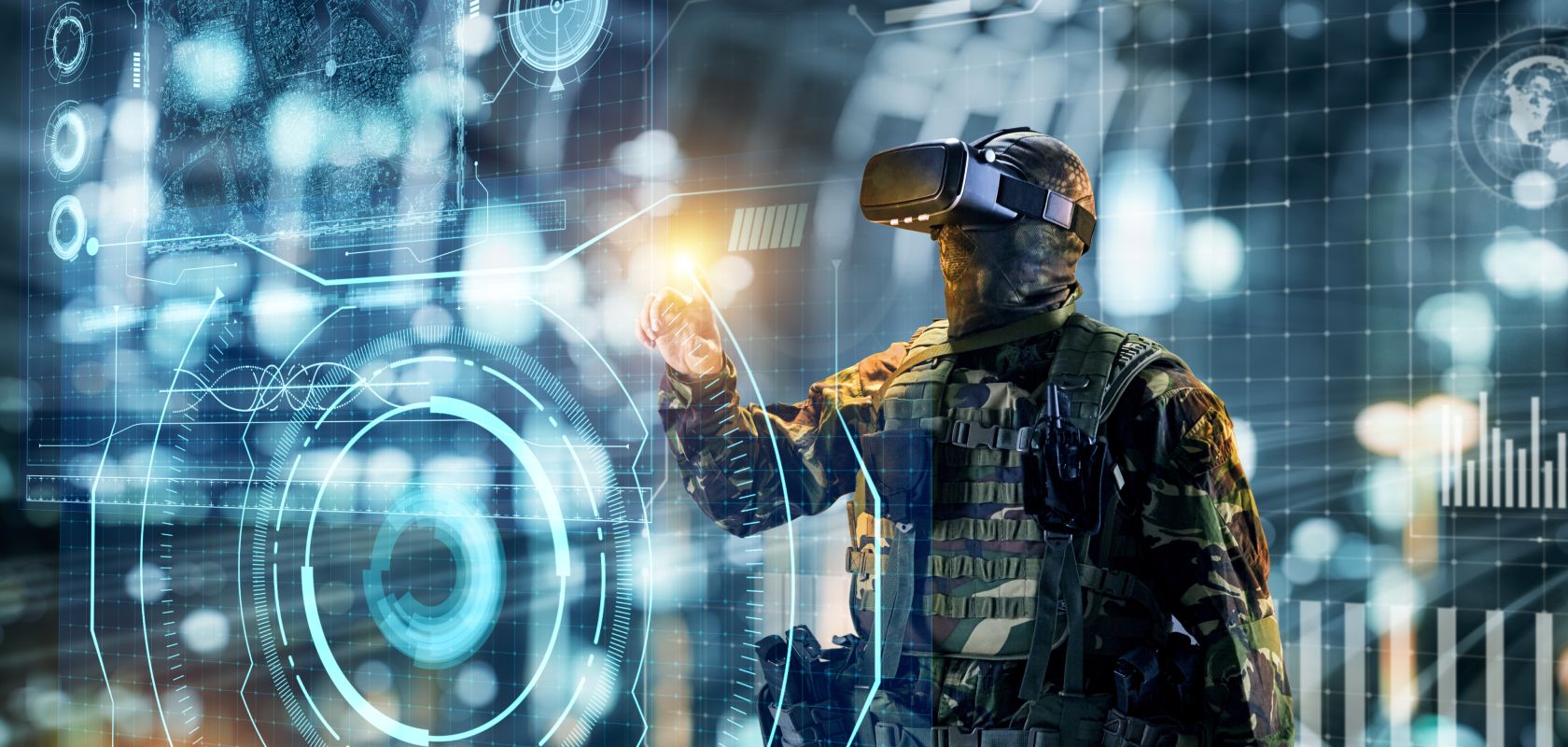
we combine Extended Reality (XR) with Artificial Intelligence to deliver next-generation simulation and decision-support tools for the defense, military, and law enforcement sectors. Our IntegratedXR platforms enable hyper-realistic, AI-enhanced training environments—designed to prepare personnel for complex, high-risk scenarios such as combat, crisis response, or tactical operations. 🔹 Simulate combat, rescue, or urban security missions with full immersion 🔹 Leverage AI-driven scenario generation and adaptive training paths 🔹 Enhance situational awareness with real-time 3D visualization and decision support 🔹 Integrate geospatial and operational data for more effective mission planning 🔹 Train collaboratively across locations with multi-user VR environments. By blending immersive technologies with conversational and generative AI, Vection Technologies helps defense teams operate smarter, safer, and faster—in both training and real-world operations.
Artificial Intelligence and Immersive Technologies Explained
Empowering Decision-Making and Training in Defense with IntegratedXR and AI
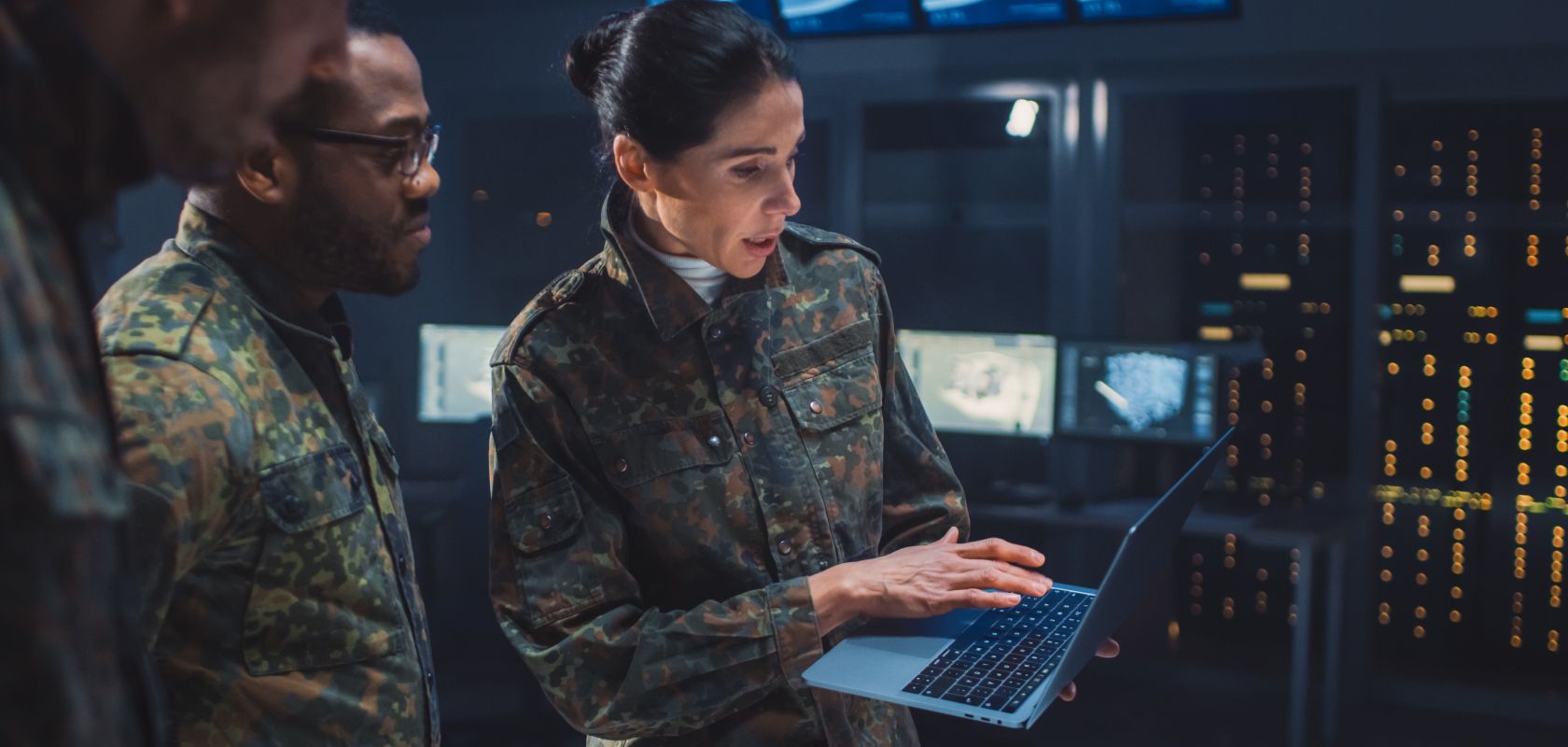
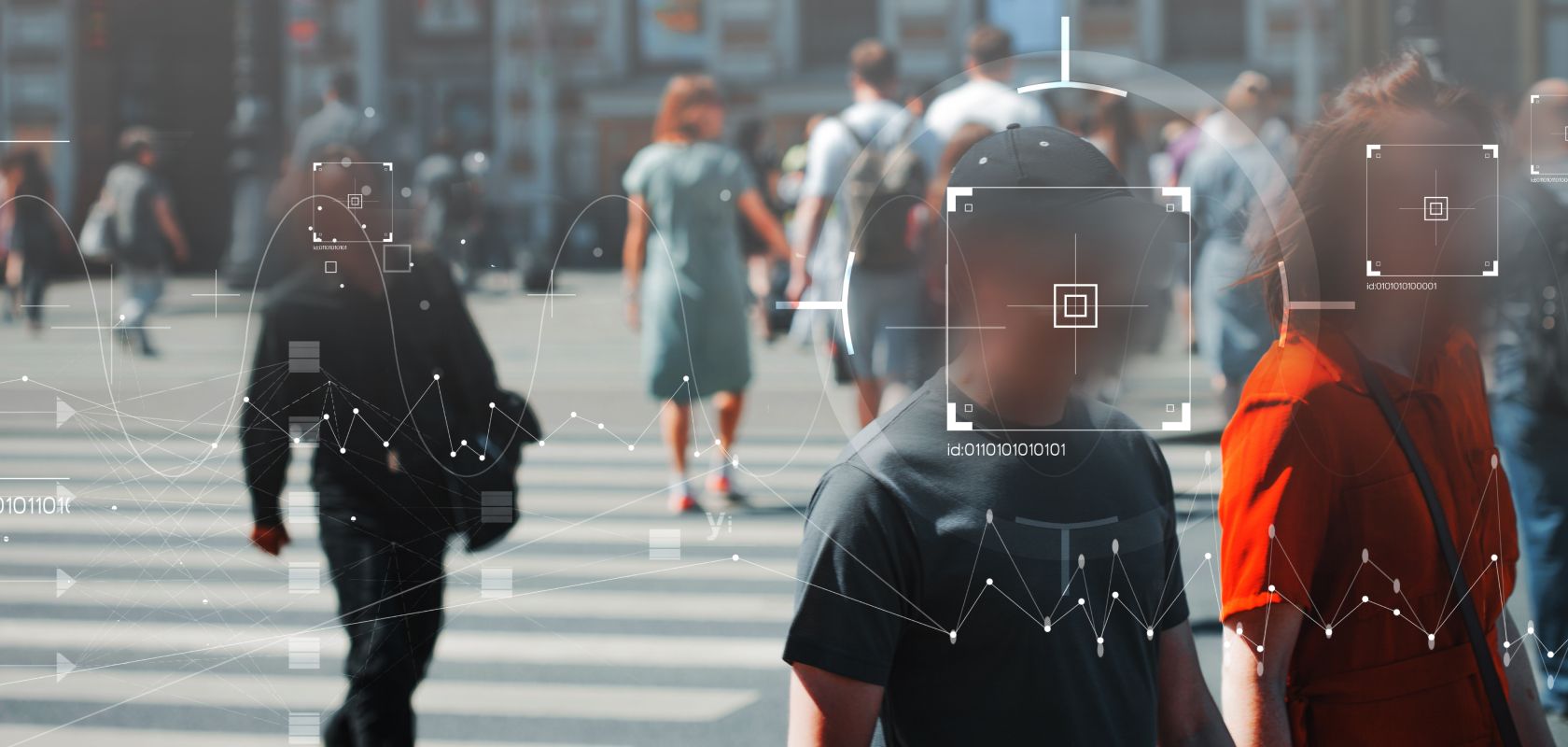
IntegratedXR and AI: Enabling Next-Gen Operations in Defense and Security
we deliver immersive and intelligent solutions that support the evolving needs of defense, military, and law enforcement organizations. By combining Virtual Reality (VR), Augmented Reality (AR), and Artificial Intelligence, we empower these sectors to train more effectively, gain situational clarity, and make data-driven decisions in real time. 🔹 Immersive training environments for mission rehearsal and tactical simulation 🔹 Enhanced situational awareness through real-time 3D visualization 🔹 AI-powered intelligence tools for faster insight and threat detection 🔹 Remote collaboration for cross-unit planning and operations 🔹 Secure and customizable platforms tailored to organizational needs From field readiness to strategic command, Vection Technologies’ IntegratedXR ecosystem is helping reshape how security forces prepare, respond, and operate in a rapidly changing world.
VR & AR Training Simulations
One of the most important uses of VR and AR in defence, military and law enforcement is training. These technologies can provide realistic simulations of a variety of scenarios, such as combat situations, hostage situations, and natural disasters. VR and AR training simulations can help personnel to prepare for a variety of eventualities and learn new skills.
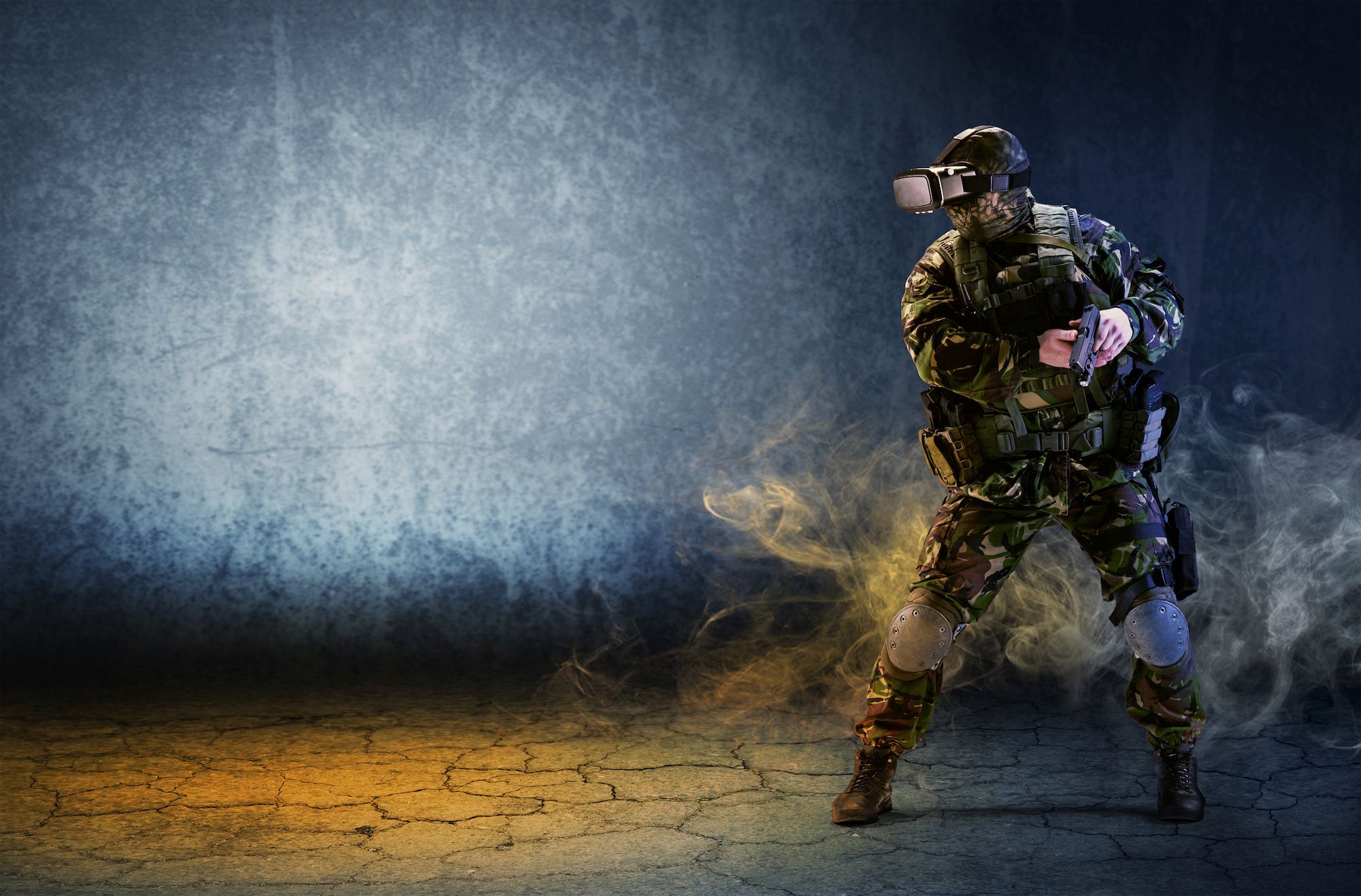
Situational Awareness & Intelligence Gathering
Another important use of immersive technologies in defence, military and law enforcement is situational awareness and intelligence gathering. These technologies can be used to provide real-time information and enhanced situational awareness. This can be especially useful in high-pressure situations, such as hostage situations or combat situations.
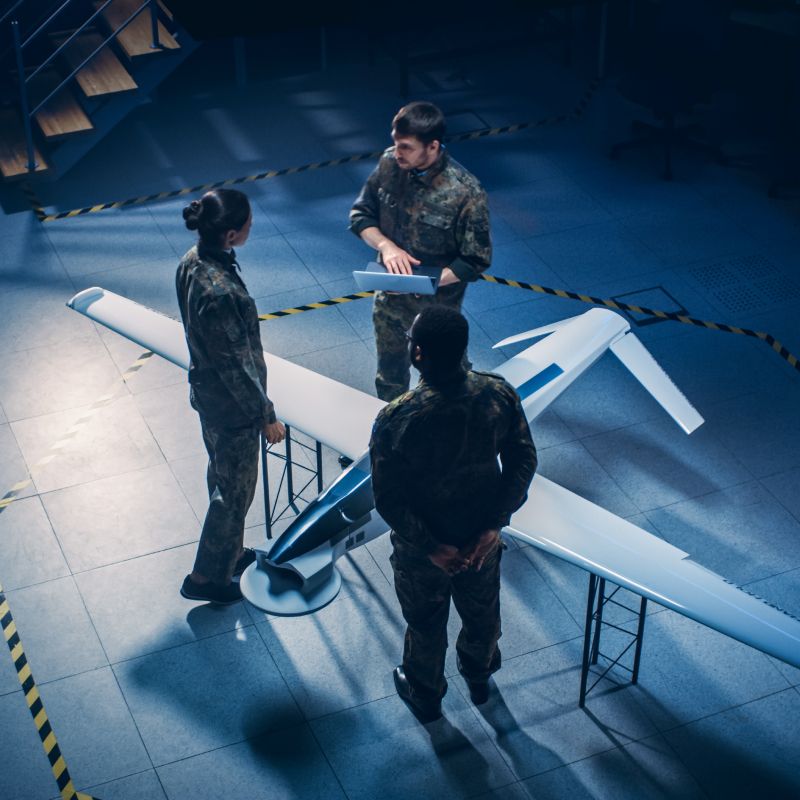
Engineering & Maintenance
Immersive technologies can also be used for engineering and maintenance purposes. These technologies can be used to create virtual models of equipment, vehicles and buildings. This can help personnel to understand how these systems work and identify potential problems.
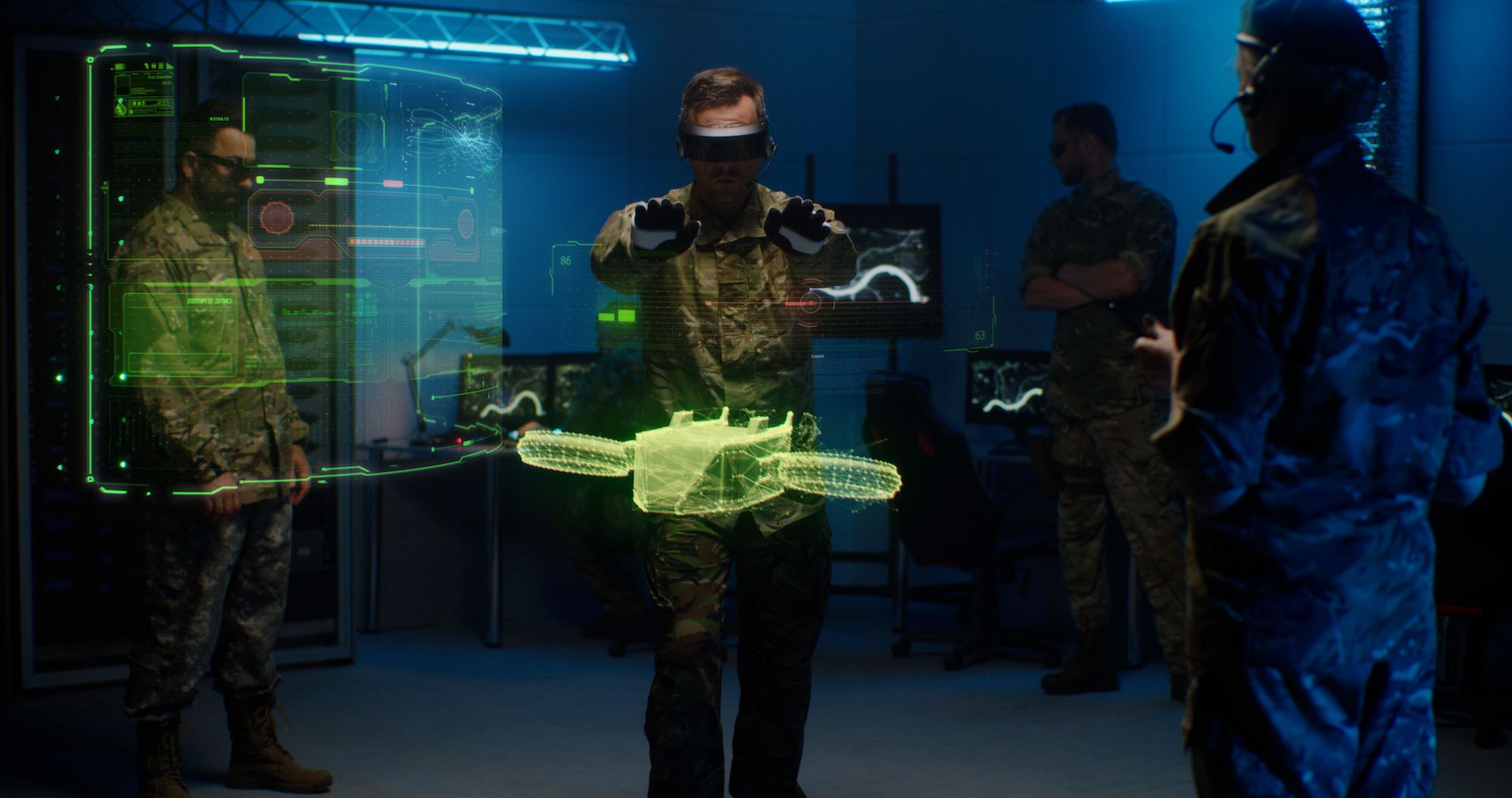
Takeaway
Immersive technologies, such as virtual reality (VR) and augmented reality (AR), have the potential to revolutionize defence, military and law enforcement. These technologies can provide realistic training simulations and enhanced situational awareness. VR and AR are also being used for intelligence gathering and target acquisition. As these technologies continue to develop, it is likely that their use in defence, military and law enforcement contexts will become more widespread.